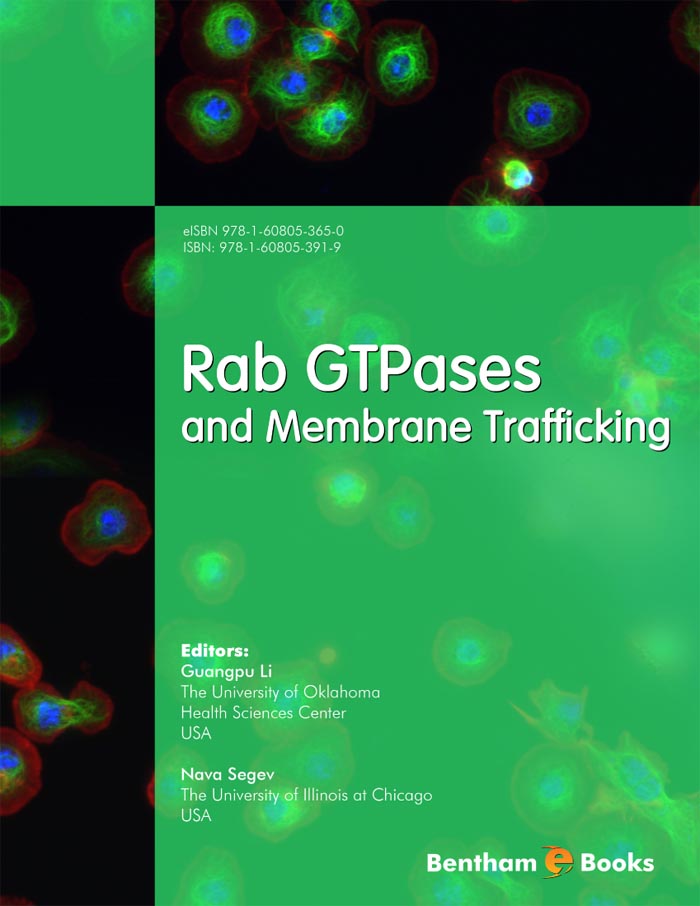Ypt/Rab GTPases, which form the largest branch of the Ras-related small GTPase superfamily, regulate intracellular membrane trafficking in all eukaryotes. Like other GTPases, Ypt/Rab proteins act as molecular switches that alternate between the GTP-bound active and the GDP-bound inactive conformations. In their active form Ypt/Rabs interact with effectors, which in turn promote specialized functions in intracellular trafficking through the exocytic and endocytic pathways. Since their discovery over two decades ago, a wealth of knowledge has accumulated about the roles that Ypt/Rab proteins play in vesicular transport steps including vesicle budding, movement, and fusion, but a united mechanism remains elusive and the subject remains a very active area of research. In recent years, Ypt/Rabs and trafficking have emerged as important players in other cellular processes, such as signal transduction, cell growth and differentiation. Importantly, Rabs have been implicated in various human diseases ranging from diabetes to cancer, justifying a timely eBook on the subject.
This eBook covers well-characterized Ypt/Rabs involved in both exocytic and endocytic pathways as well as newly identified and uncharacterized Rabs. Chapter 1 provides an overview of the general principles of the Ypt/Rab GTPase cycle and the vesicular trafficking steps regulated by them. Chapters 2-6 describe the regulation and functions of exocytic Rabs, including Ypt1-Rab1, Ypt31/Ypt32-Rab11, Rab6, Sec4, Rab3, and Rab27. In yeast, Ypt1 and Sec4, the founding members of the Ypt/Rab family, control the first and final steps of the exocytic pathway, respectively. Ypt31/Ypt32-Rab11 and Ypt6-Rab6 regulate traffic through the Golgi complex. On the other hand, Rab3 and Rab27 are found only in higher eukaryotes, are specifically expressed in secretory cells and play a role in regulated secretion. Chapters 7-11 describe endocytic and recycling Rabs, including Rab5, Rab21, Rab22, Rab4, Rab8, Rab11, Rab7, and Rab9. Members of the Rab5 sub-family, Rab5, Rab21, and Rab22 regulate early endosomal sorting, fusion and movement, whereas Rab4, Rab8 and Rab11 regulate recycling pathways. Rab7 and Rab9 regulate transport from late endosomes to lysosomes and the Golgi, respectively. The final chapter, Chapter 12, describes newly identified and uncharacterized Rabs, which represent a great majority of the 7,500 Rabs identified in 250 sequenced genomes. Rabs with unknown function have usually emerged late in evolution and are expressed in specific tissues at low levels.
By covering Ypt/Rab GTPases in one eBook, a comprehensive picture emerges in which each Ypt/Rab controls multiple vesicular trafficking steps via interactions with multiple effectors. This eBook should provide a useful resource for researchers, teachers and students interested in the field.
Guangpu Li
Department of Biochemistry and Molecular Biology
The University of Oklahoma Health Sciences Center
USA
Nava Segev
Department of Biochemistry and Molecular Genetics
The University of Illinois at Chicago
USA

